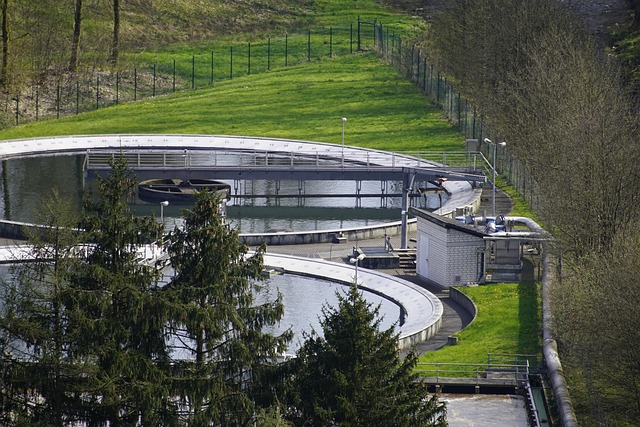
Introduction
Picture this: you’re in the middle of a drought, the reservoirs are dropping, and politicians are on TV urging you to “use less.” Meanwhile, billions of gallons of treated wastewater are literally being flushed away into rivers and oceans. Sounds insane, right? That’s exactly why water reuse is stepping out of the shadows. It’s no longer a quirky experiment but a frontline strategy for thirsty cities.
The tech to recycle water is already here. The stumbling blocks? People, politics, and price tags. The fight for reuse isn’t just about membranes and microbes; it’s about smashing stigma, rewriting policy, and proving that recycled water can be both safe and sustainable.
What Is Water Reuse?
Defining Water Reuse
At its core, water reuse (or recycling) is simple: clean wastewater until it’s fit for another round. That could mean irrigating crops, cooling factories, or, even more controversially, filling your glass.
Beyond the Technology
Technologies like ultrafiltration and reverse osmosis can deliver water so pure it would make bottled water brands blush. But “Beyond Technology: The Social Dynamics of Water Reuse” episode of Antoine Walter’s “(don’t) Waste Water” podcast argues that the biggest challenge isn’t engineering; it’s acceptance.
Why Water Reuse Faces Public Resistance
The “Yuck” Factor
The psychological hurdle is real. People recoil at the so-called “toilet-to-tap” idea, even if the science is airtight. Fear beats data nine times out of ten, which is why storytelling and public outreach matter as much as lab results.
Health and Safety Concerns
Then there’s the anxiety about failure. What if the filters break down? What if contaminants sneak through? Places like Orange County, California, counter this by posting water quality results like receipts; continuous, transparent, and impossible to ignore. That kind of radical openness is key to calming nerves.
How Policy and Economics Influence Water Reuse
Regulatory Uncertainty
Here’s the ugly truth: in many places, it’s not that water reuse can’t be done; it’s that it isn’t allowed. Outdated regulations lag behind what treatment systems can achieve. The U.S. EPA’s Water Reuse Action Plan is trying to fix that, with 55 action items to break down legal and bureaucratic barriers.
Financial Costs and Incentives
Reuse doesn’t come cheap. Treatment plants, pipelines, and monitoring systems are multimillion-dollar investments. But as “The Economic Incentives of the Water Reuse Revolution” episode shows, subsidies and tax incentives can level the playing field. And when drought makes importing water more expensive than recycling it, the economics shift fast.
What Makes Water Reuse Work in Practice
Building Public Trust
Trust doesn’t happen overnight. Singapore’s NEWater program proved this by turning recycled water into a cultural touchstone. They built visitor centers, ran TV campaigns, and even bottled NEWater to hand out at events, making it a point of pride, not paranoia.
Political Will and Policy Alignment
When governments back reuse with clear rules and funding, things move. Without political muscle, even brilliant projects die on the vine. California’s state-level support has turned water reuse into a centerpiece of its climate strategy.
Long-Term Economics
Yes, the sticker shock is real. But once systems are in place, they provide resilience against the unpredictable economics of drought. Over time, cities find that paying upfront buys them independence from volatile water imports.
Real-World Examples of Water Reuse
Singapore’s NEWater
By 2060, Singapore aims to meet 55% of its demand with recycled water. That’s not just engineering; it’s nation-building. NEWater shows what’s possible when tech, politics, and public perception are all in sync (PUB Singapore).
Orange County, California
The Groundwater Replenishment System is the largest potable reuse facility on Earth, delivering 130 million gallons per day. Its secret weapon? Relentless transparency and community engagement.
Windhoek, Namibia
This desert city has been recycling wastewater into drinking water since 1968. When survival is at stake, stigma doesn’t stand a chance. Windhoek is living proof that reuse works, even over decades.
Conclusion
Water reuse is not some distant utopia; it’s already happening. The science is there, the tech is proven, and the success stories are multiplying. The bottleneck is whether society can get over its squeamishness, whether regulators can keep pace, and whether economics can tilt toward reuse instead of waste.
As Antoine Walter’s podcast makes clear, the future of reuse won’t be decided in labs alone; it’ll be won in city halls, public forums, and balance sheets.
So here’s the challenge: if you care about climate resilience, urban sustainability, or just not running out of water, start paying attention. Support local reuse projects. Demand political leadership. And maybe, next time you raise a glass, imagine that it’s on its second, or third, lap through the system.
Because in the end, the future of water isn’t about scarcity. It’s about whether we’re bold enough to use what we already have, again and again.



